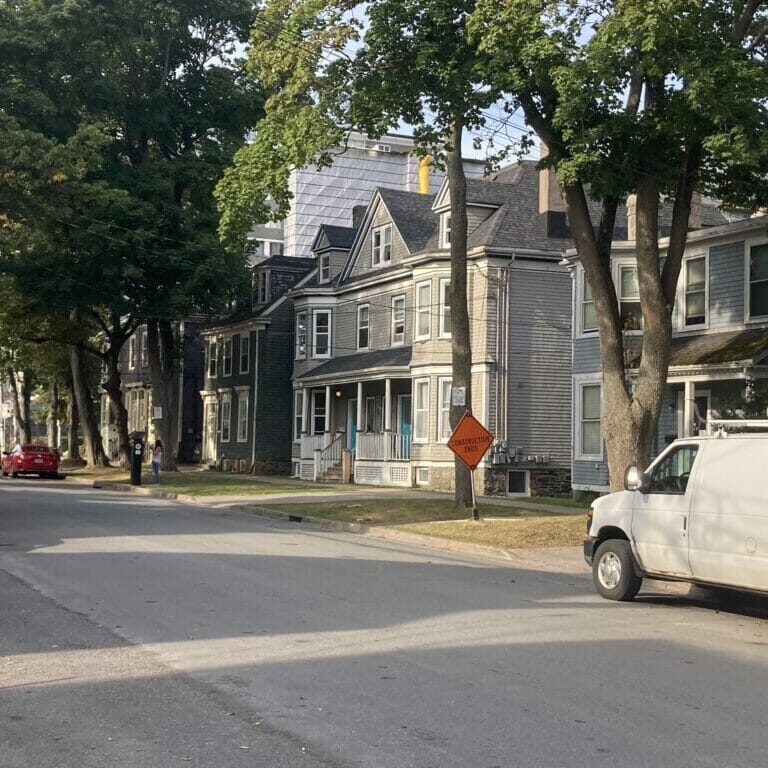
Is Nova Scotia making headway on housing?
A student view on key action recommendations
The Nova Scotia Affordable Housing Commission released a report this year on the progress of 60 key actions “to improve the supply of and access to affordable housing.” The province is making significant progress on these recommendations, with almost 50 already completed. I have some thoughts on the process.
Affordable housing is a significant issue for post-secondary students in Halifax. But an important thing to understand about housing costs is they’re determined by a supply and demand model. The booming population in Halifax, which has grown by at least two per cent in each of the last three years, means demand is outpacing supply. This is leading to higher prices.
While the problem is relatively simple, the solution is complex. Let’s dive into some of the recommendations that are most relevant to post-secondary students.
Secondary suites
One key action recommended by the commission is incentivizing the creation of secondary suites.
Secondary suites are small residential units located in, or on, the property of a larger residence. Examples include basement apartments and backyard units. These units are typically smaller, thus generating fewer expenses.
More secondary suites mean more suitable and affordable housing options for students. I believe there is potential here and hope that the province will follow through.
In the 60 actions report, the province said it’s designing “incentives focused on removing barriers for the development of secondary suites.” In addition, an online planning tool for secondary suites is being developed. I’m interested to see what barriers the province plans to remove and how.

Companion housing
The commission also recommended incentivizing companion housing arrangements between seniors and younger people. This is, to say the least, an interesting proposal.
Nova Scotia has an aging population. Over 22 per cent of Atlantic Canadians are over the age of 65. Many seniors I know prefer to stay in their own homes and so do many others.
Maintaining independence on a pension-only income is easier accomplished with financial assistance. Help with physical challenges that come with aging, such as household chores, is also beneficial.
Theoretically then, companion housing allows university students to live in an affordable situation while providing companionship and possibly aid to aging individuals. “Research on companion housing has been initiated,” the report read.
Rent caps
Nova Scotia extended a rent cap of a two per cent annual rent increase until December 2023.
The rent cap keeps costs stable for existing tenants in the short term but it’s not a long-term solution to affordable housing for students.
One major concern with the cap is the potential to stifle investor desires to create new, and maintain existing, rental units. However, I’m worried existing units will become owner-occupied or move to the now-infamous vacation rental market. This change could shrink the already dwindling rental supply in Halifax.
There’s also the issue of units outside the boundaries of the current rent cap. New and existing units marketed to new tenants are still listed at any price the owner desires. The only apparent long-term solution is creating more housing to keep up with increased demand.
Phasing out rent cap
Despite my stance on rent caps, I understand lifting them completely will cause hardship for many low-income tenants. It’ll take time for supply levels to get where they need to be in the housing market before costs settle.
I believe we should consider phasing out the rent cap by raising maximum rent increases slowly over the course of a few years. The government should also look into providing transitional rent supplements.
It’s clear there are many solutions to grow Halifax’s housing supply at student price points. The Nova Scotia Affordable Housing Commission Report does a good job of laying these options out.
The province is making progress, but there’s a long way to go. More research and manpower should be focused on the innovative and novel recommendations in the report. These are the recommendations I believe will create more attainable housing for post-secondary students.






